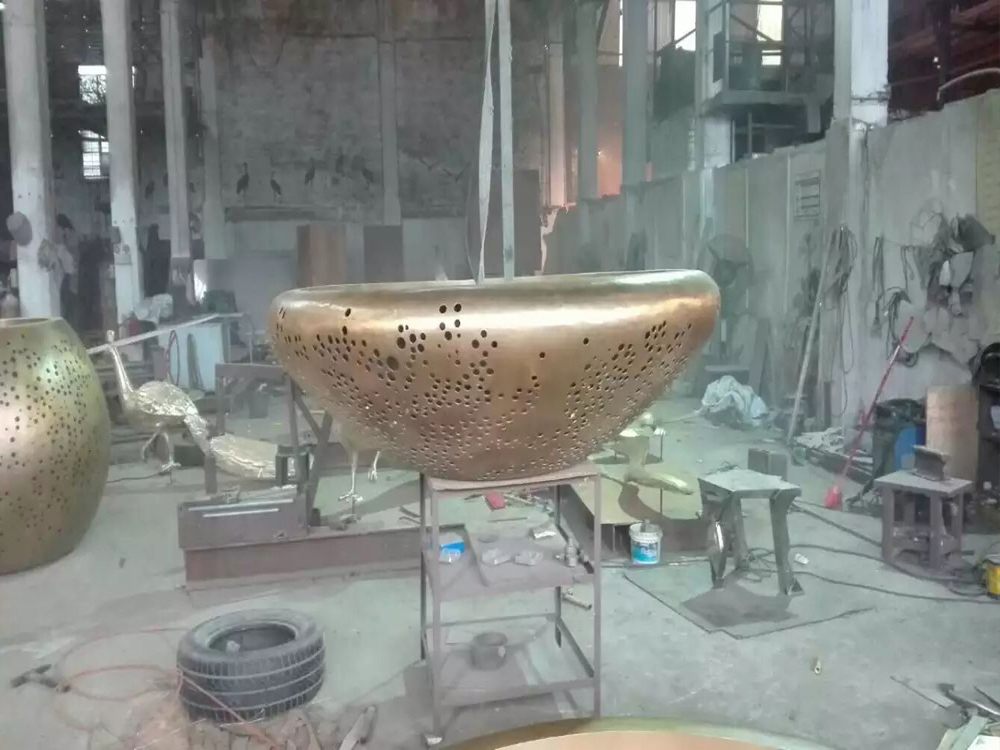
Abstract Expressionist bronze sculptures break from traditional representational art by channeling raw emotion through unconventional forms. Unlike classical bronze works that depict clear narratives, these modern pieces communicate through distorted shapes, aggressive textures, and intentional imperfections that physically manifest the artist's psychological state.
The emotional tone varies dramatically between artists. Some works project violent energy through jagged, torn-metal surfaces resembling psychic wounds (like Seymour Lipton's primal forms), while others express meditative calm via smooth, flowing curves (seen in Ibram Lassaw's cosmic abstractions). A single sculpture might juxtapose polished and corroded surfaces to symbolize emotional duality.
What unites them is the rejection of literal representation. Where Renaissance bronzes used facial expressions to convey emotion, Abstract Expressionists embed feeling directly into the material - hammer marks become anger, melted areas suggest vulnerability, and unbalanced compositions create tension. The bronze itself transforms into an emotional diary, with oxidation patterns adding temporal depth to the psychological narrative.
This movement's legacy lies in proving metal could be as emotionally immediate as paint, with each dent and patina serving as visceral emotional language that continues to resonate with contemporary viewers.

